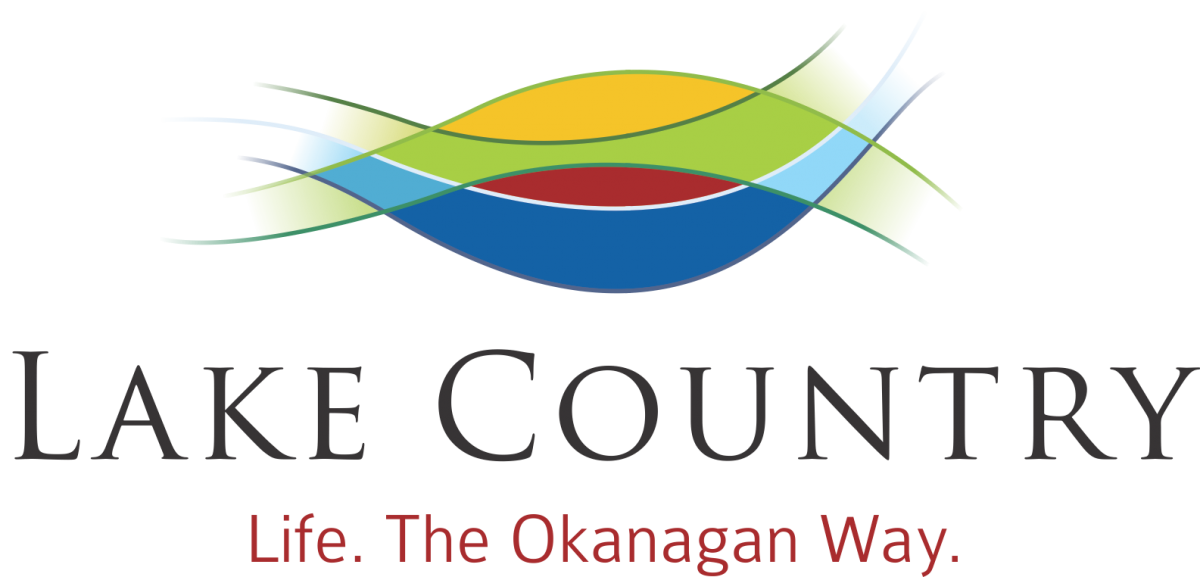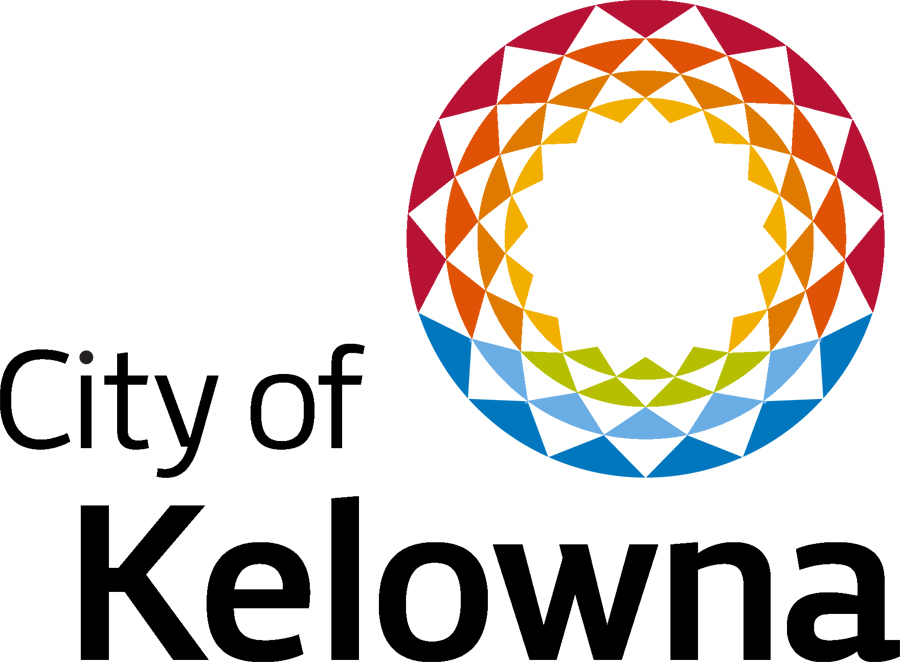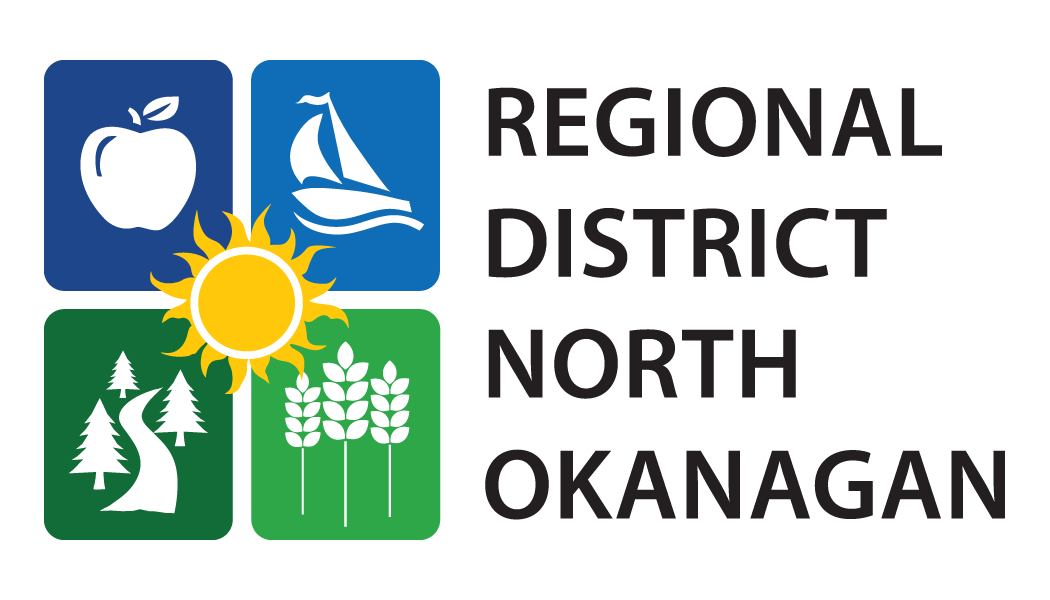Okanagan Rail Trail
The Okanagan Rail Trail was created by converting a decommissioned railway track into a multi-use pathway. Sept. 27, 2018 was the official opening date for the majority of the trail - including nearly 14 kilometres of trail in Kelowna from Ellis Street to Old Vernon Road. Once completed, the Okanagan Rail Trail will span 49.5 km from Coldstream to Kelowna's downtown.
Please respect the following Okanagan Rail Trail section closures:
- The approximately seven-kilometre section north of the Airport: Please be advised that there are currently no alternative routes, so be prepared to end your trip at the airport if travelling north, or at McCarthy Road in Winfield if travelling south. There’s presently no anticipated opening date for this section of trail.
Parking is limited at some access points, so residents and visitors are encouraged to use active transportation to access the trail. Learn more about parking locations in Kelowna.
- Non-motorized: Walking, cycling, rollerblading, skateboarding, scootering and other similar human-powered travel.
- Mobility assistance devices: Motorized wheelchairs and mobility scooters.
- Electric bicycles and electric scooters: Electricity powered electronic bicycles or motor-assisted cycles, in accordance with the B.C. Motor Assisted Cycle Regulation, are allowed. Bicycles with an attached gas engine are not allowed. Electric kick scooters are allowed to use the Okanagan Rail trail within Kelowna.
Dogs are welcome on-leash along the trail. Owners are reminded to pick-up after their dog.
- Share the trail with other users
- Stay on the trail
- Deposit garbage into the provided waste bins
- Don’t engage in the following non-permitted activities:
- Camping overnight
- Starting open fires
- Using unauthorized motorized vehicles (including golf carts and off-road vehicles such as all-terrain vehicles and snowmobiles)
- Riding horses
It’s possible to hold events along the trail, as long as it remains open to the general public. Please review the Okanagan Rail Trail Guidelines for Event Organizers. Our outdoor event page contains helpful tips on planning an outdoor event in Kelowna (for events along the Kelowna portion of the trail).
Input was gathered for the initial phase of trail development at public information sessions and through an online survey. Additional feedback collected from the engagement process will be retained for future reference, for use in any future planning and development of the trail corridor.
The Okanagan Rail Trail Initiative, a community-based fundraising campaign, helped raise the nearly $8 million that was required to design and build the continuous basic trail from Coldstream to Kelowna.
The Trail Development Plan identifies the vision, issues, assumptions, concept, development approach and estimated cost to develop a basic recreational trail along the route of the old railway.
The work of the Okanagan Rail Trail Initiative was completed with help of all levels of government plus nearly 5,000 individual donors and businesses. The City of Kelowna and municipal partners gratefully acknowledge the financial support of the Government of Canada and the Province of B.C.
Due to the significant investment to purchase the corridor, and in light of other pre-existing community priorities, local governments were not in a position to make any significant financial commitment to development of a trail in the short-term.
After the trail was developed, we paved majority of the Kelowna section from Gordon Drive to Bulman Road (approximately 10.5 km of the currently developed 14 km trail).
The Inter-jurisdictional Team is acting as a common voice for local governments to work together in achieving common goals for the mutual benefit of the valley's residents.
The municipalities of Lake Country, Kelowna and Okanagan Indian Band, and Regional District of North Okanagan, jointly identified the value the rail line could have as a continuous multi-modal transportation corridor connecting all the communities. Representatives from each owner jurisdiction are participating as part of the Inter-jurisdictional Development Team to undertake initial planning and consultation for the development of a public recreational trail along the discontinued rail corridor.
Local interests are in:
- Retaining integrity of the corridor
- Creating an opportunity for a regionally significant corridor with potential for multi-modal transportation benefits and a trail component
- Addressing property maintenance, beautification and road-crossing arrangements
- Working with granting agencies and the regional fundraising community to fund trail development
Local governments made every effort to minimize the tax impact in the interest of securing a land asset that would be valued for generations. While the original asking price of the corridor was $50 million, the negotiated cost of the corridor is a combination of $22 million in monetary consideration and land donation.
Purchase of the discontinued rail line was finalized on June 1, 2015 by the City of Kelowna, the District of Lake Country, the Regional District of North Okanagan and the Province of B.C.
The CN Rail line was constructed to bring the Okanagan Valley’s produce and lumber to markets across the country. Operated by Kelowna Pacific Railway, the line served the communities of Campbell Creek, Kamloops, Vernon, Coldstream, Lake Country, Okanagan Indian Band and Kelowna.
Challenged with high costs and low revenues, Kelowna Pacific Railway entered receivership and ceased rail service in July 2013. After reaching trustee, customer and labour agreements, CN resumed operations on approximately 156 km, or about 75 per cent, of the former Kelowna Pacific Railway network running from Campbell Creek to Lumby Junction.
In September 2013, CN Rail began the formal process of discontinuing the rail line running from Lumby Junction in Coldstream to Kelowna.
Local governments made every effort to minimize the tax impact in the interest of securing a land asset that would be valued for generations. While the original asking price of the corridor was $50 million, the negotiated cost of the corridor is a combination of $22 million in monetary consideration and land donation.
Purchase of the discontinued rail line was finalized on June 1, 2015 by the City of Kelowna, the District of Lake Country, the Regional District of North Okanagan and the Province of B.C.
We funded our estimated share of $7.6 million from reserves, with no additional tax increase to residents. Because the value of the land is more than the monetary consideration, we will also issue a charitable donation receipt to CN for the difference.
The Regional District of the North Okanagan funded its estimated share of $1.9 million from reserves, with no increase to taxes.
The District of Lake Country borrowed up to $2.6 million to fund the 50 per cent purchase of the corridor within its jurisdiction. Given the regional benefits of public ownership, we have agreed to a memorandum of understanding with the District of Lake Country that sees Kelowna acquire a 50 per cent interest in the land within Lake Country boundaries.
The Province of B.C. committed $7.2 million toward the purchase amount.
Since the Okanagan Indian Band injunction application to reclaim reserve lands was denied by the B.C. Supreme Court on June 1, 2015, the Okanagan Indian Band has joined the Inter-jurisdictional Development team as an owner jurisdiction.
Approximately 2.5 km of the rail corridor running from Coldstream to Kelowna lies within the boundary of the Duck Lake Indian Reserve No. 7.
Input was gathered for the initial phase of trail development at public information sessions and through an online survey in Spring 2016. In early October 2017, public information sessions were held with each owner jurisdiction to inform residents, adjacent property owners and interested groups and individuals about the upcoming construction and anticipated timelines.
Residents were invited to review the concept and give their feedback at four information sessions along the corridor. Staff members were on hand to answer questions regarding the design and provide an opportunity for input.
Participants were informed about our intention to develop the corridor in phases, with the initial phase involving construction of a gravel trail with road crossings, signage, and barriers to provide a basic level of safe and accessible use by pedestrians and cyclists. Participants also had the opportunity to view Okanagan Rail Trail Open House Map Sheets.
Feedback collected from the engagement process will be retained for future reference, use in any future planning, and development of the trail corridor.








